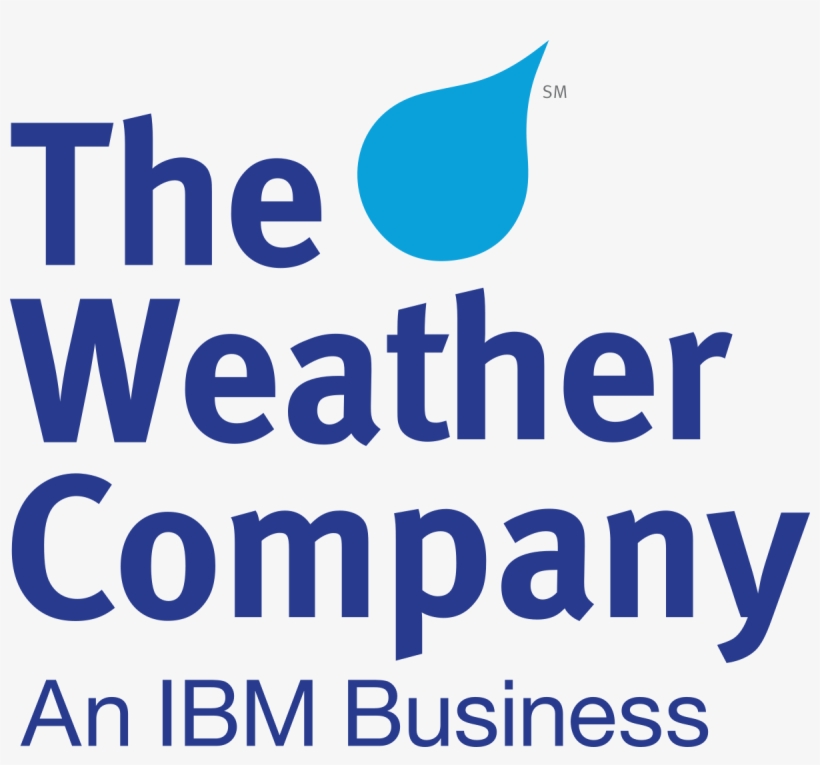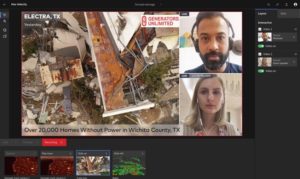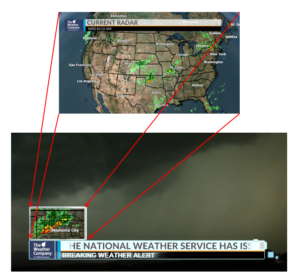
Changing weather — and technology — create opportunities to produce more multimedia content

Media company leaders agree almost unanimously on the most pressing challenge they face in 2022: producing more content.
Faced with the need to tailor programing to the different needs of viewers who tune in to streaming and other digital services while also plugging gaps no longer filled by syndicated shows in their daytime lineup, TV station groups need cost-effective ways to stretch the capacity of their content creation teams.
One opportunity lies in what a technology partner calls “Changing Weather.”
A dramatic increase in the number of extreme weather events in recent years has driven up consumer demand for information. At the same time, new technology is making it easier for meteorologists and their teams to produce more stories with less effort.
“It’s easy to see how extreme weather events have really moved to the forefront of the conversation,” said meteorologist Pat Feldhausen, product manager for Max Alert Live, a solution recently unveiled by The Weather Company, an IBM Business. “It’s clear that now is not the time to be complacent about how we’re keeping the public informed.”
Feldhausen joined two other Weather Company product managers and Kathy Haley, co-founder and publisher of NewsCheckMedia, for a conversation about emerging technology’s ability to help TV stations produce more content across platforms while capitalizing on one of their most important news franchises, weather.
Powering Collaboration in the Cloud
Cloud technology offers weather teams the opportunity to collaborate the way their colleagues in news have been doing for years. It also allows news organizations to capitalize on the talents of individuals, whose work can be shared across media outlets and markets to enhance storytelling.
“When we put weather data up in the cloud, we can help manage it, we can have background applications that help you do your job better,” explained Bob Millis, product manager of The Weather Company’s Max Cloud solution. “More content — quicker, easier — that’s what we want to do. We want to make the job easier for the people who have to inform the public and get it out there to all those platforms.”
Moving graphics and workflows into the cloud makes remote production easier and also allows colleagues at sister stations to pitch in and help – or take over completely – for a team overwhelmed or knocked off the air by a severe weather event.
To accommodate rich weather graphics and provide redundancy in an emergency, Max Cloud is a hybrid solution, with some of its technology in the cloud and the rest on premises. As the technology advances, the equipment footprint inside a TV station will “grow leaner and smarter over time,” Millis said.
Democratizing Weather Storytelling
While increasing access to collaboration, content sharing and remote work, technology can also make storytelling so easy that almost anyone can do it.
Max Velocity, the first major solution offered on Max Cloud, is designed to make that happen.

Max Velocity’s template-based solution makes storytelling easy and opens opportunities for sponsored content
A template-based platform allowing users to quickly frame up stories and produce high-quality video, Max Velocity enables meteorologists to not only create more content, but also expand their teams to include news and digital staffers who can pitch in during extra busy times.
Users can swap information out with ease, while the background banner stays consistent. Themes can be quickly overhauled with a couple of clicks, to make a new grouping of content look completely fresh.
“It’s really nice if you’re producing content for web, or TV versus OTT,” says Jim Politis, Weather Company product manager for Max Velocity. “If you have a dedicated program with a slightly different look, you don’t have to spend hours upon hours pre-producing that. You can just go in and choose a different layout and a different theme and it’s a different experience for the content you’re creating.”
A video storytelling tool lets producers send a link to a source and get them on screen almost instantly for an interview. The same tool can offer access to outside content creators like viewers or even sponsors.
“Instead of having to drive over to another location to do an interview and coordinate all of that, just grab a link, send that via text or email,” Politis said. “The source then clicks on the link and they can join in on the session immediately.”
Because it’s so easy to use, Max Velocity can enable anyone on the news team to create quick and easy content.
“We’ve all seen that news needs maps, too,” Politis said. “You need to show where the location of the fire is, and you can easily inject the video for that, put a location marker on the map to highlight the fire, or zoom into the location.”
Max Velocity also tracks windstream lines, which can come in handy when discussing the local baseball team’s probability for victory.
“If there’s a sporting event where you have intense winds affecting the game, you can merge both stories into one,” Politis said, referring to weather and sports updates. “Zoom into the stadium and see which outfield the wind is blowing toward and assess how likely it will be for your slugger to score the team some runs.”
Weather Alerts With a Difference
Democratizing weather storytelling is a critical step for multimedia companies trying to produce more content for TV, web, streaming services and mobile. Another step lies in ramping up the competitiveness of weather alerts with better graphics and a streamlined approach to production.
The Weather Company tackled this need with Max Alert Live, a new solution that’s easier to use and more powerful.

Max Alert Live can access Max graphics and the Max Earth environment can zoom to map the area of interest
Unveiled at the NAB Show, the new platform will “utilize the Max graphics engine and underlying tools and user interface,” explained Pat Feldhausen, Product Manager of Max Alert Live.
“This will be important for our users, because instead of going to a completely different tool, be it ours or from another company, they’ll be in an interface that is very familiar to them,” Feldhausen said. “This is important because a lot of times, these critical alerting systems aren’t looked at for long stretches of time, and by giving the user an interface they’re familiar with, it will allow them to operate much more efficiently in crunch time.”
The Max graphics engine will allow for a much more polished and modern look, allowing the system to gracefully animate new information on the screen, give better graphical treatments to the various on-screen assets and utilize the Max earth environment to dynamically zoom the map to the areas of interest.
Watch the webinar on demand here.
























Comments (0)